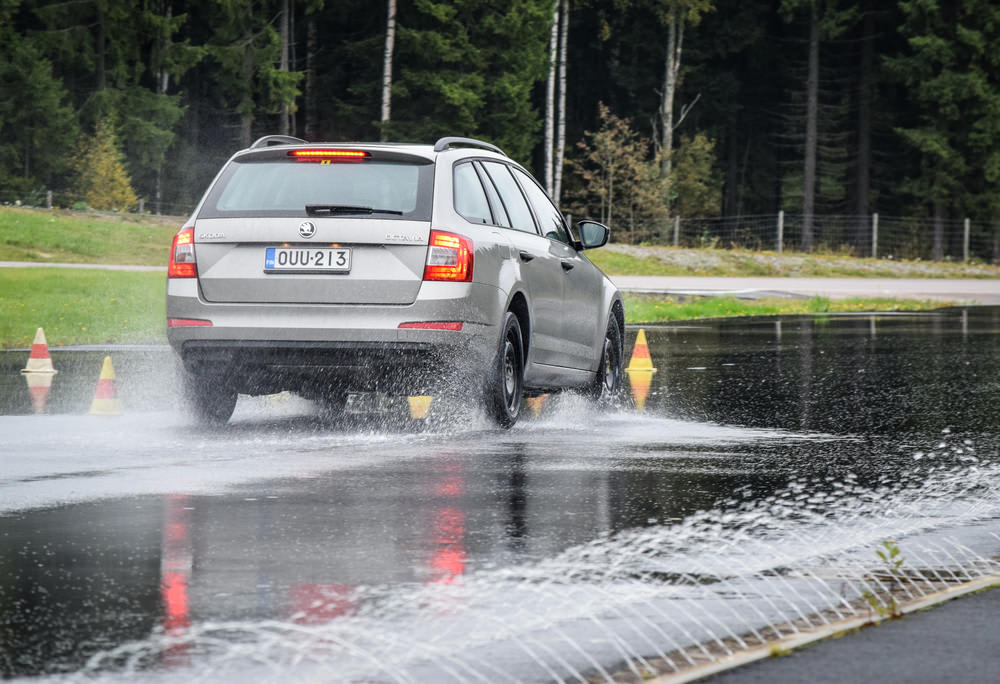

To a driver, braking appears to happen in a very short amount of time. In reality, a car can travel an alarming distance before coming to a complete stop when traveling at highway speeds. Even with such advanced technology going into every car on the road, braking still takes quite a distance. But what makes this happen?
Understanding braking distance
When it comes to braking distance, there are two big factors to take into account:
Reaction time: The split second between when you realize that you need to stop and when the brakes are applied can span quite a distance. At just thirty miles per hour a car can travel over fifty feet before the brakes are applied, and at sixty-five miles per hour over 100 feet of road will pass under the vehicle while the driver moves their foot from its resting position onto the brake pedal.
Vehicle performance: A vehicle with good, grippy tires and new brake pads will stop much faster than one with less traction and worn brake pads. Anti-lock brakes can greatly improve brake performance as well by decreasing the likelihood of the tires locking up and applying the maximum amount of braking that the car can handle at the given time.
When all things are taken into account, a stopping vehicle can travel over four hundred feet when coming to a stop from 70 miles per hour. Think about that: a car can travel the length of a football field and still have a hundred feet to go before stopping from a very normal highway speed. Over a hundred of those feet, on average, pass by when before you notice that you have to stop and get your foot to the brake pedal.
The amount of distance it takes to brake increases significantly as vehicle speed increases. This is the reason there are such low speed limits in school zones and residential areas. The difference between twenty-five miles per hour and forty miles per hour may not seem significant while driving, but when the brakes are applied a vehicle going forty miles per hour will travel over twice as far (over 160 feet) as a vehicle traveling at twenty-five miles per hour (80 feet). In areas with big deer populations, lots of pedestrians, or cyclists on the road, it is better to play it safe and know that your vehicle will be able to stop for anything unexpected.
Practicing good braking technique and remaining aware of your surroundings behind the steering wheel will reduce the amount of time it takes to react to something in front of the vehicle. This aspect of braking safety is often overlooked, but putting priority on looking straight ahead rather than changing the radio station could prevent a collision. Doing routine maintenance and replacing the brake pads when the manufacturer recommends (usually every 50,000 miles) will make the car brake faster once the brake pedal is actually pressed.



